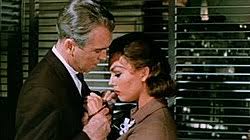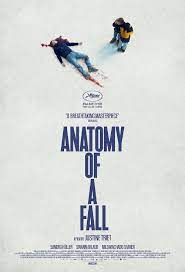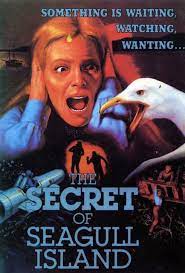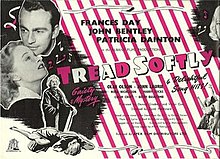
What have you done? A judicial hearing is discussing a convict named Malcolm Rivers who awaits execution for a vicious mass murder that took place at an apartment building. The execution is due to take place in a couple of days. Journals belonging to Malcolm are discovered misfiled in the case evidence; they were not introduced during the trial. Malcolm’s psychiatrist, Dr. Malick (Alfred Molina) and his defence attorney (Carmen Argenziano) argue that the journals prove Malcolm’s insanity. Meanwhile, an accident happens on a road in rural Nevada during a torrential rainstorm. Alice York (Leila Kenzle) is hit by former LAPD cop now limo driver Ed Dakota (John Cusack) who is working for impatient 80s TV actress Caroline Suzanne (Rebecca De Mornay). They bring Alice, her husband George (John C. McGinley) and Alice’s nine year-old son Timmy (Bret Loehr) to a remote motel run by manager Larry Washington (John Hawkes). The phone lines are down, the roads are flooded and there’s no hope of getting medical attention for Alice who is badly injured. The group is joined by correctional Officer Samuel Rhodes (Ray Liotta), who is transporting convicted murderer Robert Maine (Jake Busey); prostitute Paris Nevada (Amanda Peet) who is driving from Las Vegas home to Florida to start her own citrus grove; newlyweds Lou Isiana (William Lee Scott) and his wife Ginny (Clea DuVall). With the group of ten strangers in separate rooms, Suzanne is killed outside by an unknown assailant. Ed finds Suzanne’s head in a dryer in the laundry room along with the number 10 motel key. Maine is suspected to be the killer as he has escaped. Ginny locks herself in the bathroom to escape Lou during a fight but the assailant strikes again, murdering Lou out of Ginny’s sight. At the hearing, Malcolm’s diaries indicate that he suffers from dissociative identity disorder, harbouring eleven separate personalities. His defence attorney argues that he is unaware of his crimes, which is in violation of existing Supreme Court rulings on capital punishment. Dr. Malick introduces the concept of integrating the personalities of someone with DID as Malcolm is being brought in. While taking photos of Lou’s crime scene, Ed finds the number 9 key in Lou’s hands. He begins to suspect that the killer is counting down and targeting them in order. Maine fails to escape the motel area and he is subdued by Rhodes and Ed. Larry is told to guard Maine but suspicion falls on him when Maine is found dead. Rhodes and Ed find the number 8 key next to his body and they harass Larry, who takes Paris hostage … Is it a countdown? ‘It was a dark and stormy night.’ How many great stories have proceeded from that situation? This grisly and highly psychological unofficial adaptation of Agatha Christie’s And Then There Were None by Michael Cooney is an atmospheric murder mystery which once concluded has us returning to the beginning to check out the gnarly plot which concludes with a twist on a twist. A happily familiar cast lines out in a motel that has resonances with the one called Bates. To this day he remains completely unaware of the crimes he committed. Propulsively written and commencing with a judicial hearing prior to an execution of someone who isn’t introduced until the final quarter, this has a cleansing if dangerous downpour framing the action at the motel where people start arriving following a terrible car accident. Where is my face? Mixing snappy characters with vividly impressive terminal dispatches and relentless rain, having people turn on each other and unravelling at high speed different characters, each a form of disguise, making the sex worker the ironic moral compass while Ed, the ostensible protagonist, tries to solve the puzzle, all contribute to a pleasingly corkscrew narrative. I saw you in an orange grove. * Spoiler alert* As the identifies confront each other while the murderer’s personality deconstructs and their numbers are inevitably reduced in the fantasy murder spree, the plot structure is revealed. It’s a cunning tale, wrapped up in the enigma of a fractured personality. Directed with verve by James Mangold who manages to visually imbue a highly internal dream of a script with dash and shocking externalised violence. Who am I speaking to right now?












